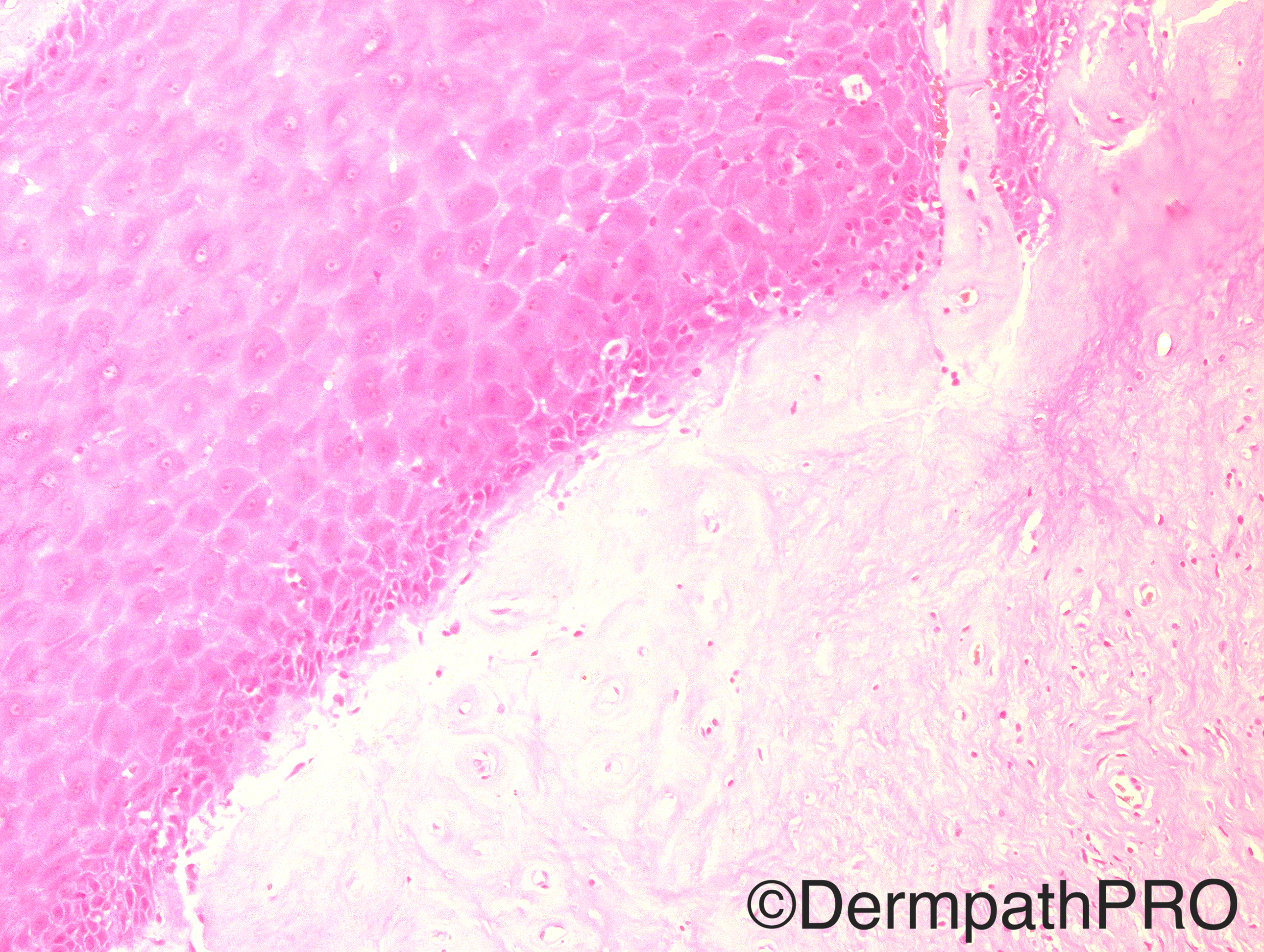Case Number : Case 1430- 16 December Posted By: Guest
Please read the clinical history and view the images by clicking on them before you proffer your diagnosis.
Submitted Date :
Case History: 67 year-old male who underwent circumcision for severe phimosis.
Case posted by Dr Hafeez Diwan
Case posted by Dr Hafeez Diwan









Join the conversation
You can post now and register later. If you have an account, sign in now to post with your account.